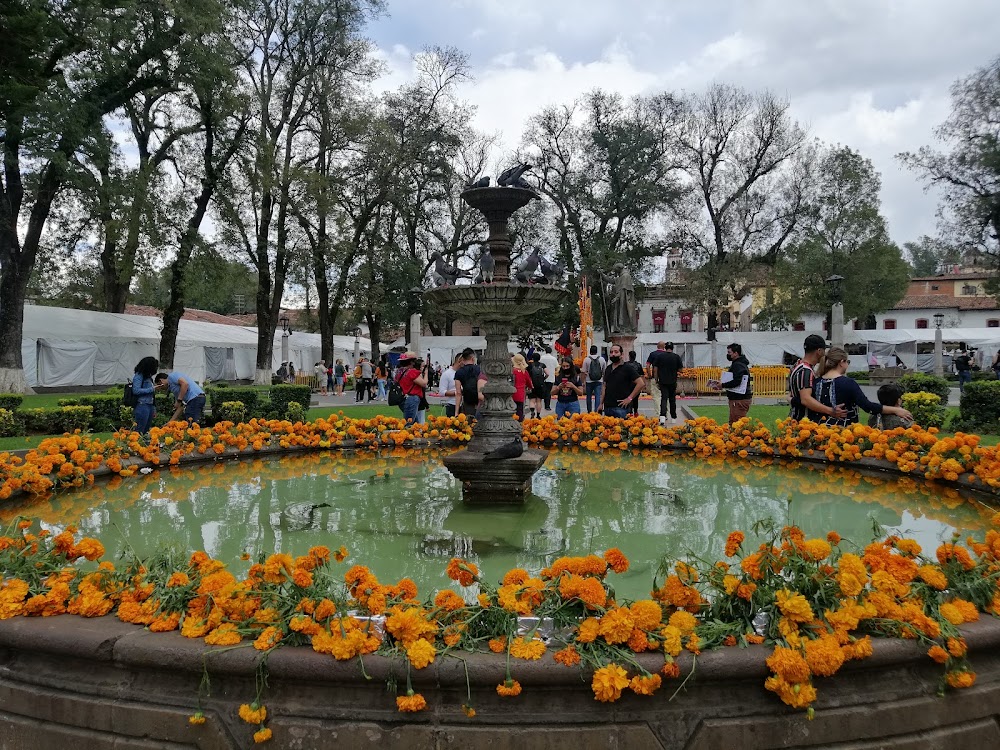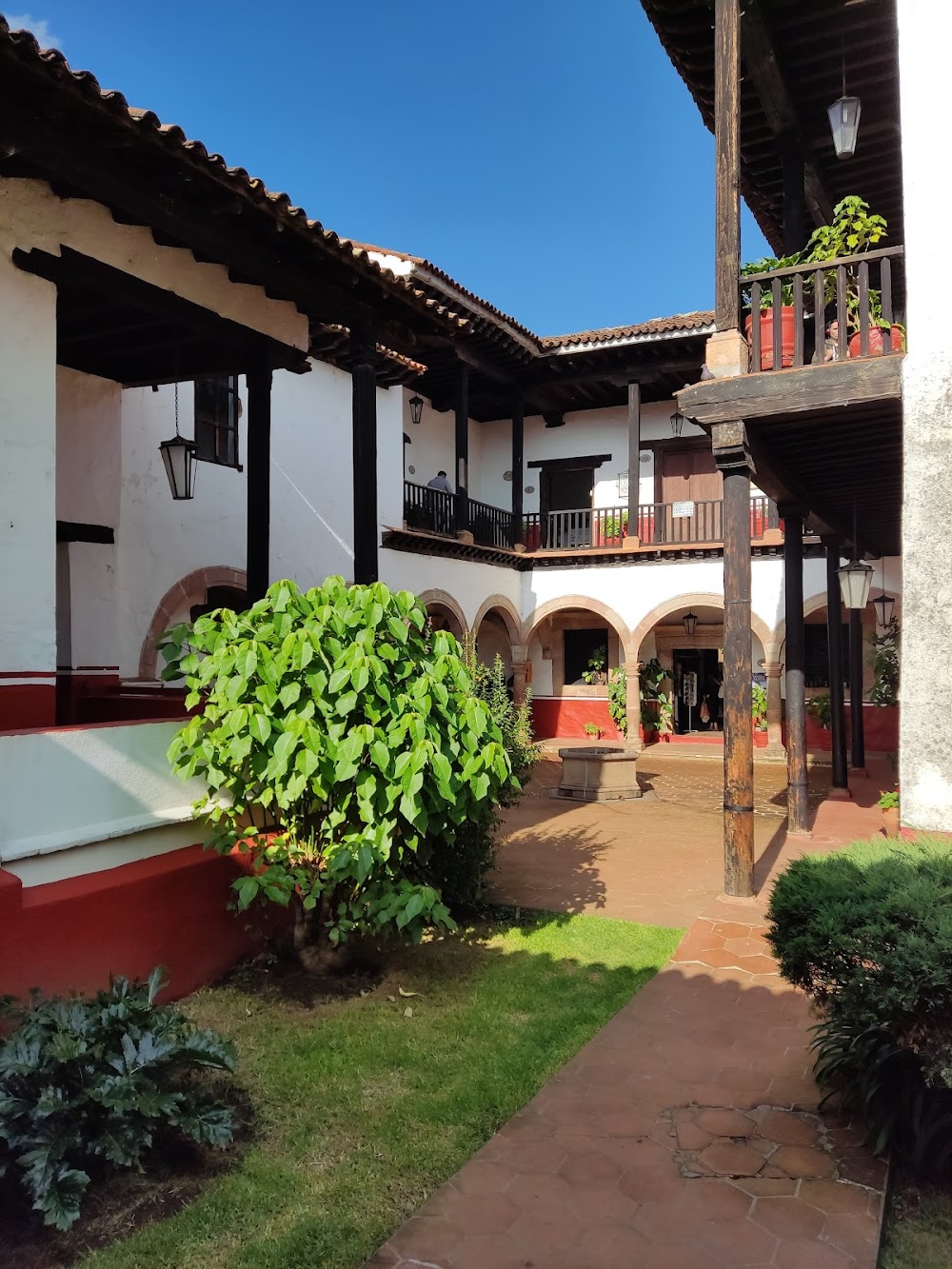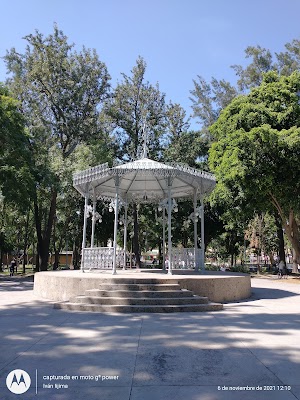Pátzcuaro (Pátzcuaro)
Overview
Pátzcuaro is a charming town located in the state of Michoacán de Ocampo, Mexico. Nestled high in the highlands at an altitude of approximately 2,135 meters (7,005 feet) above sea level, this picturesque destination is rich in history, culture, and natural beauty.
Long before the arrival of the Spanish, Pátzcuaro was a vital center for the indigenous Purépecha people, who regarded it as a place of high nobles and a prime location for both religious and governmental activities. The community was well-organized and lived harmoniously with nature, with the Purépecha kingdom flourishing around the Lake Pátzcuaro basin, placing Pátzcuaro at its heart.
In the early 16th century, Spanish conquistadores sought to impose their influence, officially founding the town in 1534 under the orders of the first viceroy of New Spain, Antonio de Mendoza. However, it was Vasco de Quiroga, the first bishop of Michoacán, who played a pivotal role in shaping the town. Affectionately known as "Tata Vasco" by the locals, he was deeply respected for his efforts to protect and empower indigenous communities. His initiatives included the founding of hospitals, schools, and craft centers that merged European techniques with local traditions.
One of Pátzcuaro's most prominent landmarks is the Basilica of Our Lady of Health, built on the site of a Purépecha shrine. This majestic church became a pilgrimage center due to the belief that its construction was divinely inspired by the Virgin Mary. The basilica stands as a stunning example of colonial architecture, showcasing the region's distinctive stone and wood craftsmanship.
At the heart of Pátzcuaro lies the Plaza Vasco de Quiroga, often celebrated as one of the most beautiful squares in Mexico. Surrounded by colonial houses adorned with red-tiled roofs, arcades, and lush gardens, this vibrant plaza serves as a bustling hub for both locals and tourists. Many of these preserved buildings continue to function as homes, shops, and inns, exuding the town's rich cultural heritage.
The natural beauty of Lake Pátzcuaro is another highlight of the area. Indigenous Purépecha communities still inhabit the shores and nearby islands, particularly Janitzio Island, renowned for its vibrant Day of the Dead celebrations. The local fishermen are famous for their unique butterfly-shaped nets, a traditional fishing technique passed down through generations.
Pátzcuaro is also celebrated for its craft traditions. The town and surrounding areas are home to talented artisans who create stunning woodwork, copper items, textiles, and pottery. Each piece reflects a beautiful blend of indigenous and Spanish influences, ensuring the continuation of its artisanal heritage.
Celebrations in Pátzcuaro are deeply rooted in tradition. One of the most evocative events is the Day of the Dead, when the town transforms into a canvas of marigolds, candles, and offerings to honor deceased loved ones. This heartfelt celebration unites locals and visitors alike in a profound expression of remembrance and reverence.
Today, modern Pátzcuaro balances its historical legacy with contemporary living. While the town retains much of its colonial charm and tranquil lifestyle, visitors can enjoy amenities such as guesthouses, restaurants, and shops. The local cuisine, featuring fresh seafood from the lake, corn-based dishes, and traditional sweets, offers an authentic taste of Michoacán.
Pátzcuaro’s commitment to preserving its history and culture while embracing modern comforts makes it a unique destination. Every corner, building, and tradition tells part of a captivating story, transforming the town into a living museum. As you stroll along its cobbled streets, explore its markets, and engage with its friendly residents, you'll feel the vibrant spirit of Pátzcuaro—a town that beautifully bridges its illustrious past with a promising future.









